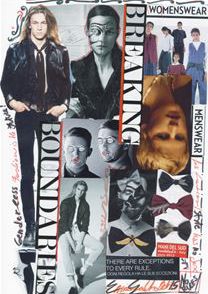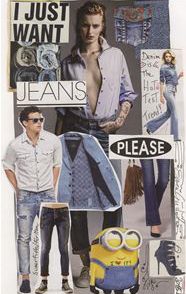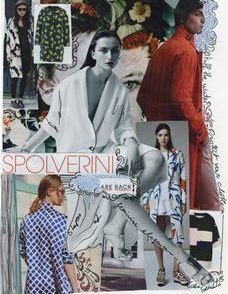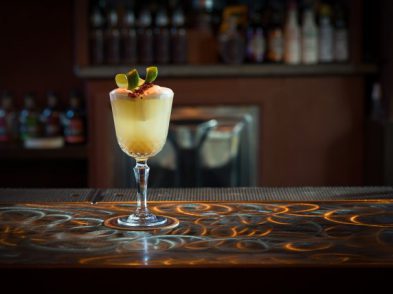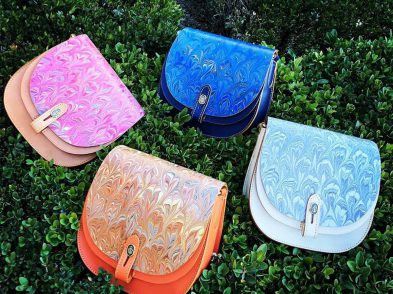Fall brings a new style season, with its latest trends, must-have pieces and hottest looks. But as I follow the continuous race to dominate the global fashion market, one question is on my mind: what is Italian style today?
Though Italy is home to big names such as Armani, Cavalli, Prada and Dolce & Gabbana, it has been a while since a new generation of designers dominated the Italian fashion scene. Essential to this issue is the question of whether the Camera Nazionale della Moda Italiana is supporting and making room for this new generation. Another concern is that the Italian fashion industry is not doing enough to protect itself and its more precious treasures from the attack of fast, disposable fashion (think of global brands like H&M and Zara).
While keeping an eye on the latest trends and hot spots in Florence, in my next four articles, I will be exploring Italian fashion. But I will be stepping away from clichés and approaching the Made in Italy issue from an unusual angle, taking an open and critical discussion of the state of Italian fashion today. And there is no better place for this kind of inquiry than Florence, a city that both occupies a central place in the history of fashion and serves as the unique link between high fashion and ready-to-wear clothing in Italy.
Although Italy is a young nation, celebrating its 150th anniversary this year, it has a complex history and remains full of contradictions. For centuries, many of the pieces that now make up Italy belonged to various foreign countries. From the Austrians to the French, the Spanish to the Arabs, everybody wanted a piece of the bel paese.
This turbulent past brought great rewards to our culture, rewards that stemmed from the acceptance and integration of other cultures into our society-something that many Western countries are rejecting today. The textile and fashion industries also took advantage of the incredible variety brought by cultural integration and upheaval. For example, it would have been impossible for any other country that was mostly agricultural to develop into one of the leading fashion industries of the world without the industrial revolution brought by World War II.
Unique skills in the textile industry were transmitted from father to son for generations, establishing highly specialized areas that produced different materials used in the apparel industry. These areas are now known as Italy’s ‘fashion districts.’ Florence, Empoli and the Valdarno area are, for instance, districts specializing in leatherwork and accessories. Walking around the heart of Florence’s city centre and through the stalls of the San Lorenzo market, it is clear proof that the city is unparalleled in its variety of leather products.
Indeed, leather is one of this fashion season’s important materials. The looks for fall 2011 feature warm browns and rich burgundy tones, colours reminiscent of leather. For leather accessories, bags are soft and drapey, and boots are softer, with natural tones and suede and fur details. Pants widen at the ankles and are paired with comfy, effortless-looking sweaters.
The hot trend of the season is 70s style, so if the mood strikes you, get yourself a wide, round felt hat. Blouses and dresses mix purples, pinks and reds in new floral patterns, and are adorned with cascades of ruffles. Geometric prints are another trend of the season, celebrating the masters of Made in Italy surrealist styles like Roberta di Camerino. Get romantic and feminine with bijoux to give a personal touch to your interpretation of the 70s style.
My hint for the season: go to the Oltrarno! Look for hidden but stylish stores in such places as Borgo San Jacopo and via dello Sprone, at the corner of piazza della Passera, where there’s a great store for cashmeres and the new and nicely priced Mirta Effe for finds to inspire your new fall look.

